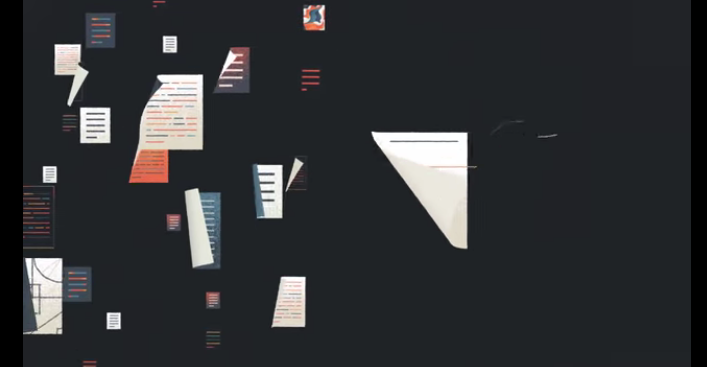84000, the ambitious project that is working to translate the entire Tibetan canon into English over the next 100 years, has launched a “reading room” with 10 newly translated texts.
The endeavor started after a 2009 conference, hosted by Dzongsar Khyentse Rinpoche, that in part addressed the concern that less than five percent of the Kangyur [the words of the Buddha translated into Tibetan] and Tengyur [Tibetan translations of Indian commentaries on the scriptures] had been translated into modern languages.
Since then, 84000—named for the number of teachings said to have been given by the Buddha—has become a nonprofit organization and grown to include 201 translators.
.embed-container { position: relative; padding-bottom: 56.25%; height: 0; overflow: hidden; max-width: 100%; } .embed-container iframe, .embed-container object, .embed-container embed { position: absolute; top: 0; left: 0; width: 100%; height: 100%; }
“In Tibetan Buddhism, the Kangyur is not very well known, it’s not something that is studied on it’s own in the traditional monastic colleges,” said John Canti, 84000’s editorial director and chair.
Canti explained that though the Kangyur is “respected and revered,” the text has previously served as a source of isolated quotations. He hopes that having the full text available will shed some well-deserved context for students and scholars.
“A lot of people studying Tibetan Buddhism don’t really read the narratives and where the context arises from. It’s very interesting to find a quotation and realize the history behind it and how they came about.”
One of the flagship texts on the relaunched site is the Lalitavistara (The Play in Full), an important text in Mahayana Buddhism on the life of the Buddha that Canti said is heavily quoted but rarely read and studied in full. Canti said another important text in the collection is The Basket’s Display, which explains the origins of the Om mani padme hum mantra.
84000 is a long-term project. Canti said the translation teams are on track—or perhaps slightly ahead of schedule— to finish the Kangyur in 25 years and the Tengyur in 100 years.
Canti said the organization wants to make sure that the texts are free and accessible to all, no matter what kind of device they access the teachings from. They’ve used an open-source program that will make the text accessible in the future as software programs change.
“We’re committed to having this as open source, so that the texts are available for scholars or anyone else to get at them for research or studies. This will be a huge resource in the future . . . it’s not up to us to close it off,” Canti said.
Read the newly translated texts from the Tibetan canon
Thank you for subscribing to Tricycle! As a nonprofit, we depend on readers like you to keep Buddhist teachings and practices widely available.
